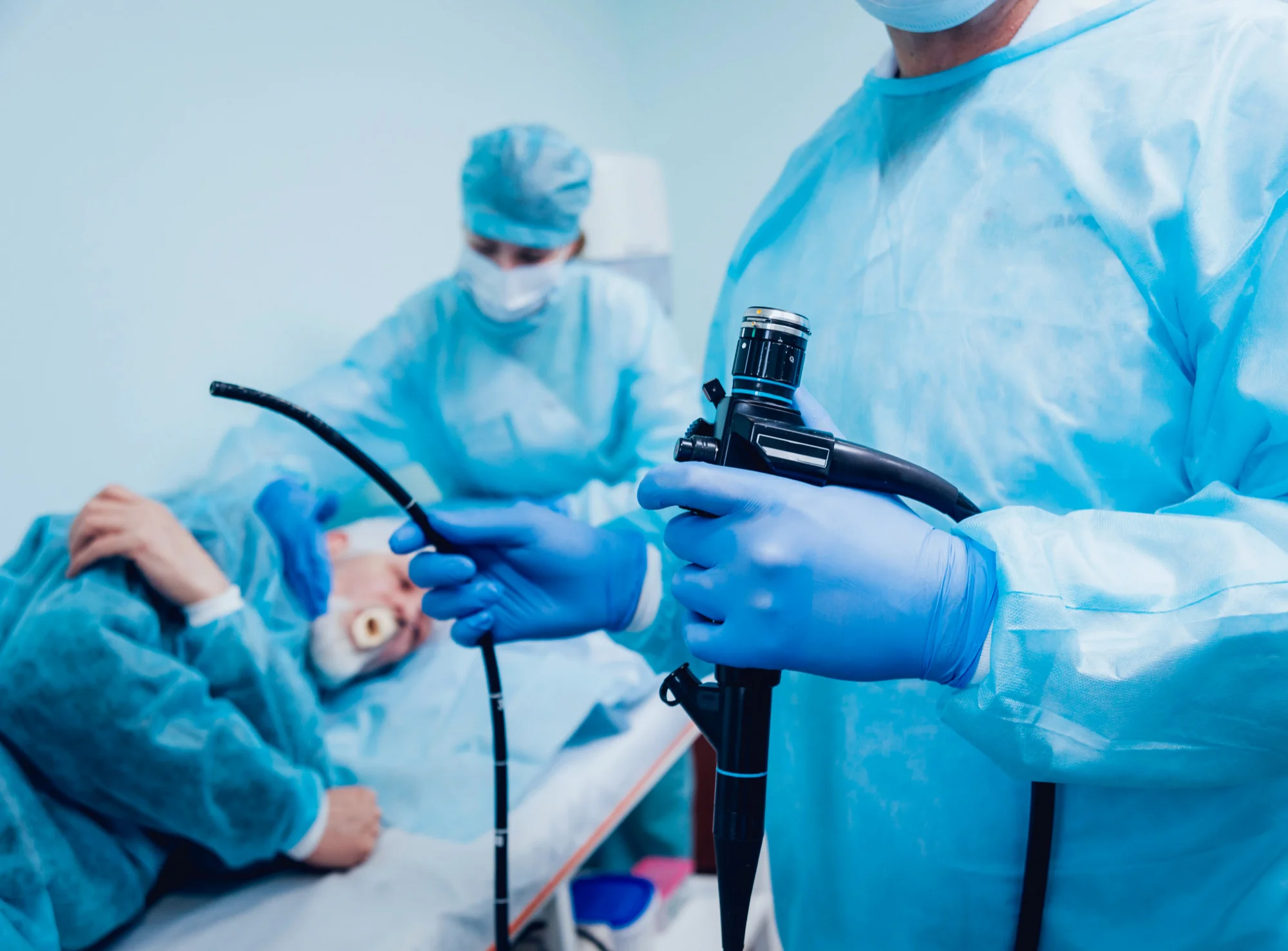In the realm of gastrointestinal endoscopies, colonoscopy is a widely respected diagnostic and therapeutic tool used to identify and manage a spectrum of colonic diseases. Yet, with its remarkable utility comes a potential threat – the risk of iatrogenic colonic perforation. Renowned for its degree of exigency, this complication, while infrequent, can be perilous if not identified and managed with promptitude and precision.
A meticulously crafted study by Thompson Earl V. and Snyder Jonathan R. takes a penetrating look into the “Recognition and Management of Colonic Perforation following Endoscopy,” published in “Clinics in Colon and Rectal Surgery”. The article, bearing the PubMed index of 31061648, echoes across the medical fraternity due to its granular insights and guidelines for clinicians globally.
Epidemiological Gaze on Colonic Perforation
The incidence of colonic perforation during diagnostic procedures ranges roughly between 0.012 to 0.65 percent. Unsurprisingly, the odds skate higher during therapeutic interventions, a statistic that calls for a higher vigilance during such procedures. Thompson and Snyder’s work throws light on key indicators, such as extraintestinal air evident through diagnostic imaging, along with critical clinical symptoms including leukocytosis, fever, pain, and peritonitis. These indicators are pivotal in determining the trajectory of management post-perforation.
Technological Advance and Perforation Risk
With the dawn of complex endoscopic interventions, the likelihood of recognizing perforations during or immediately after a colonoscopy has escalated. A keen suspicion index during such procedures can be saving grace, allowing for immediate rectification steps which may even be enacted endoscopically, steering clear from the morbidity associated with surgical intervention.
Surgical Strategies and Outcomes
For patients necessitating surgery, the array of management techniques includes laparoscopic methods, open surgical remedies, primary injury repair, resection with anastomosis, or resection succeeded by ostomy. Also, mechanical bowel preparation prior to endoscopy can diminish fecal contamination in the event of a perforation, potentially obviating the requirement for ostomy creation.
Literature’s Lens on Endoscopic Perforation
The scholarly article delves into pertinent studies that lay out the roadmap for managing perforations. Shi X et al. illustrate a lower rate of colonoscopic perforation (Surg Endosc. 2014), highlighting the proficiency of colorectal surgeons. Complementing this is the collective wisdom by Raju GS et al. (Gastrointest Endosc. 2005) who offer a glimpse into the promise of endoscopic closure of perforations, underscoring the advancements in endoscopic technology and technique.
Recent Studies and Protocols
Kim JS et al. presented a comparative analysis advocating endoscopic clip closure over surgery for iatrogenic colon perforations identified during diagnostic colonoscopy (Surg Endosc. 2013). While Schurr MO et al. (Endoscopy. 2008) and von Renteln D et al. (Endoscopy. 2009) pilots experimental studies that further legitimatize endoscopic methods, specifically the over-the-scope clip (OTSC) system, for sealing colonic perforations.
Beyond Convention: Ostomy or Primary Anastomosis?
The optimal surgical approach for colonoscopic perforations remains debated. Studies by Abbas S. (Int J Colorectal Dis. 2007) and Tadlock MD et al. (J Trauma Acute Care Surg. 2013) examine the indications for primary anastomosis versus ostomy in emergency surgical interventions following a perforation. Verdicts seem to tilt towards a more conservative stance with an inclination towards primary repair with or without proximal diversion, indicative of a paradigm shift from conventional Hartmann’s procedure.
Clinical Directives and Quality Assurance in Colonoscopy
The scrutiny of management protocols and process quality is critical in colonoscopic procedures. The work by Crispin A et al. (Endoscopy. 2009) dissected methodological and quality-related aspects, contributing to the ambience of heightened surveillance in outpatient colonoscopies. Complementing this is the NHS Cancer Screening Programme’s “Quality Assurance Guidelines for Colonoscopy” (Rutter M, Chilton A. 2011), which serve as a benchmark for clinical excellence.
Fostering a Preventive Stance and Tailored Care Continuum
The confluence of such research underlines the necessity for a preventive stance and a bespoke care continuum post-perforation. Standardized protocols for early recognition, decisive imaging strategies, refined endoscopic interventions, and judicious surgical decisions are the keystones in mitigating morbidity and enhancing patient outcomes.
Keywords
1. Colonic Perforation Management
2. Colonoscopy Complications
3. Endoscopic Perforation Repair
4. Iatrogenic Colonic Perforation
5. Bowel Perforation Treatment
References
1. Shi X, Shan Y, Yu E et al. (2014) Lower rate of colonoscopic perforation: 110,785 patients of colonoscopy performed by colorectal surgeons in a large teaching hospital in China. Surg Endosc. 28(08):2309–2316.
2. Raju G S, Pham B, Xiao S Y, Brining D, Ahmed I. (2005) A pilot study of endoscopic closure of colonic perforations with endoclips in a swine model. Gastrointest Endosc. 62(05):791–795.
3. Kim J S, Kim B W, Kim J I et al. (2013) Endoscopic clip closure versus surgery for the treatment of iatrogenic colon perforations developed during diagnostic colonoscopy: a review of 115,285 patients. Surg Endosc. 27(02):501–504.
4. Schurr M O, Hartmann C, Ho C N, Fleisch C, Kirschniak A. (2008) An over-the-scope clip (OTSC) system for closure of iatrogenic colon perforations: results of an experimental survival study in pigs. Endoscopy. 40(07):584–588.
5. von Renteln D, Schmidt A, Vassiliou M C, Rudolph H U, Gieselmann M, Caca K. (2009) Endoscopic closure of large colonic perforations using an over-the-scope clip: a randomized controlled porcine study. Endoscopy. 41(06):481–486.
In conclusion, the tapestry of literature underpinning the management of colonic perforation post-endoscopy weaves a narrative of meticulous attention to both prevention and response, empowering physicians to navigate these precarious waters with confidence, guided by the lodestar of patient-centered care.
